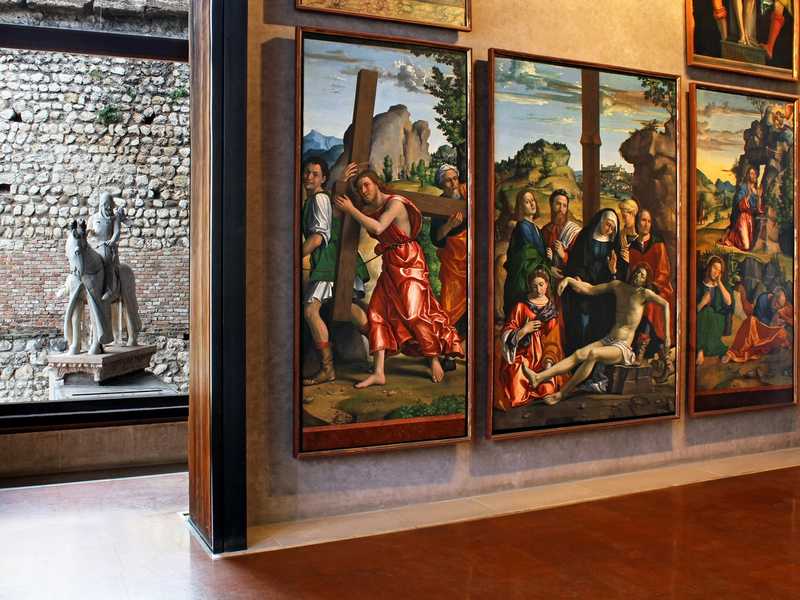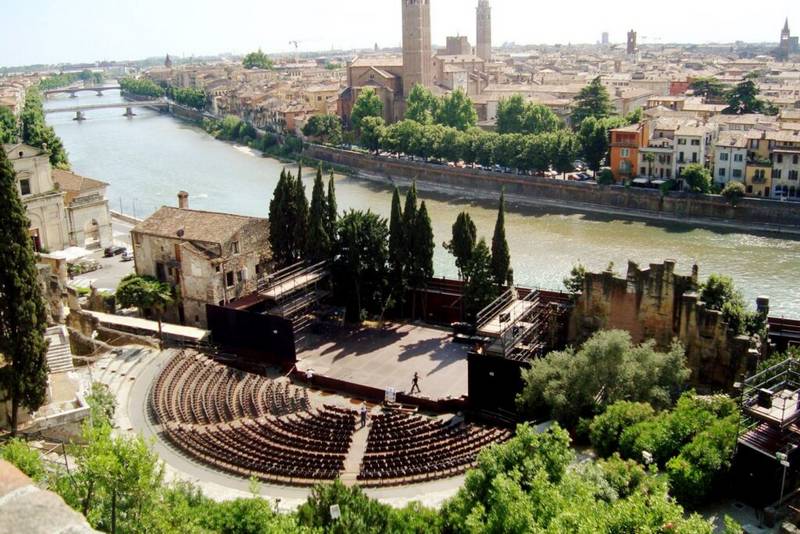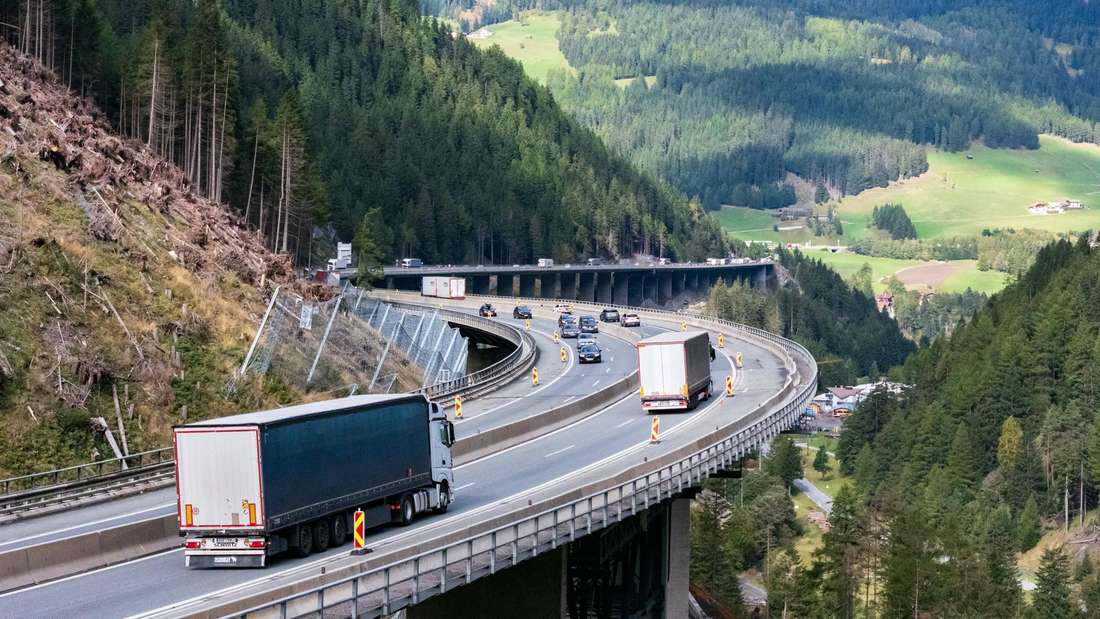A brief guide to roman Verona
After Rome, Verona is the most important Roman city in terms of the quantity of archaeological finds.
Already an important political and commercial centre in Roman times, there are many monuments that can be visited by walking along the orthogonal network of streets in the historic centre.
Map
A- ARCO DEI GAVI
B- PORTA BORSARI
C- SITO ARCHEOLOGICO SCAVI SCALIGERI
D- PONTE PIETRA
E- TEATRO ROMANO
F- PORTA LEONI
G- ANFITEATRO ARENA
A. ARCO DEI GAVI (Arch of the Gavi)
Built in the 1st century AD by the Roman architect Lucius Vitruvius Cerdone. The author’s signature on the monument, a very rare phenomenon in the classical age, is one of the aspects that made the arch famous.
Originally located on the Via Postumia It was erected in honour of one of the most important families of Roman Verona, the gens Gavia.
B. PORTA BORSARI (Borsari Gate)
Probably opened in the 1st century BC on the Via Postumia, it was the main entrance to the city and its representative function was underlined by rich ornamental decorations.
In Roman times it was called Porta Iovia, a name derived from the presence of a temple dedicated to Jupiter, located just in front of the gate (the remains of which can be seen in the gardens of the Monumental Cemetery).
C. SITO ARCHEOLOGICO SCAVI SCALIGERI (Scavi Scaligeri archaeological site)
Towards the end of the 1970s, excavations in the city of Verona brought to light numerous Roman and medieval archaeological remains, which can now be seen freely.
One of the most extensive urban archaeological areas in northern Italy.
In Roman times, houses stood here that were rebuilt several times until the 5th century AD.
D. PONTE PIETRA (Stone bridge)
Built over the Adige river, where a ford between the hill of S. Pietro and the plain existed since prehistoric times, the lack of alignment with the Roman urban road network has led to the conclusion that the bridge was built before 89 BC.
E. TEATRO ROMANO (Roman Theatre)
The theatre was built on the slopes of St Peter’s Hill towards the end of the 1st century B.C., during the reign of Octavian Augustus.
The spectacularly grandiose building stretched from the left bank of the Adige River to the top of the hill, and was in a scenic relationship with the Roman urban layout on the right bank of the river.
F. PORTA LEONI (Gate Leoni)
Situated on the cardinal point (cardo maximus) of the Roman city.
In the 1st century BC it was built of tufa and brick; later, in the 1st century AD, the brick facades were supplemented by elevations of local white stone,
The gate was 13 metres high (as high as the city wall), had a square ground plan and an inner courtyard, double archways on the façades and galleries on the upper floors. The corners of the outer front were flanked by two polygonal towers connecting the walls. Numerous windows opened onto the towers and galleries.
G. ANFITEATRO ARENA (Arena Amphitheatre)
Built presumably in the first half of the 1st century AD, it is the most famous monument in Verona.
It consists of a central area with sand (hence the origin of the name of the complex) and a part surrounding the former, formed by a cavea with tiers of constant width.
It could hold 30 thousand spectators.
VERONA VIDEO FROM DRONE
CREDITS
IMAGES
Arco dei Gavi
Di Claconvr – Opera propria, CC BY-SA 4.0, https://commons.wikimedia.org/w/index.php?curid=73210027
Porta Borsari
Di Didier Descouens – Opera propria, CC BY-SA 4.0, https://commons.wikimedia.org/w/index.php?curid=49147872
Arena
Di Claconvr – Opera propria, CC BY-SA 4.0, https://commons.wikimedia.org/w/index.php?curid=73209866
Ponte Pietra
Di Raphael Andres – Imported from 500px (archived version) by the Archive Team. (detail page), CC BY 3.0, https://commons.wikimedia.org/w/index.php?curid=72198210


















